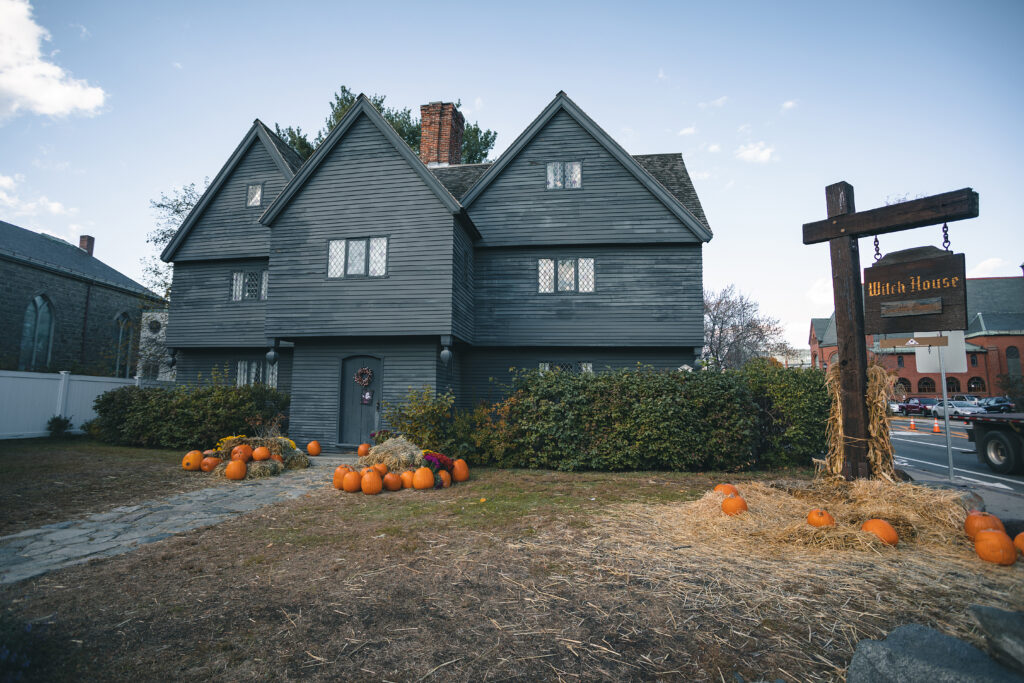Salem, Massachusetts: A Haven for History, Haunts, and Halloween
Salem, Massachusetts, commonly referred to as “Witch City” is a top Halloween destination, attracting history buffs, ghost hunters, and witch enthusiasts year-round. Its dark history is marked by the Witchcraft Hysteria of 1692, when accused witches faced dire consequences.
During this period over 200 people were accused of practicing witchcraft and 20 were executed. The hysteria extended to nearby communities like Ipswich, Gloucester, Andover, and beyond, impacting Salem Village (now Danvers) and Salem Town significantly.
Over the years the Salem witch trials became the subject of numerous literary projects, including Arthur Miller’s popular 1954 play, The Crucible, with the trials serving as an allegory for anti-communism, or McCarthyism that was spreading across the country.
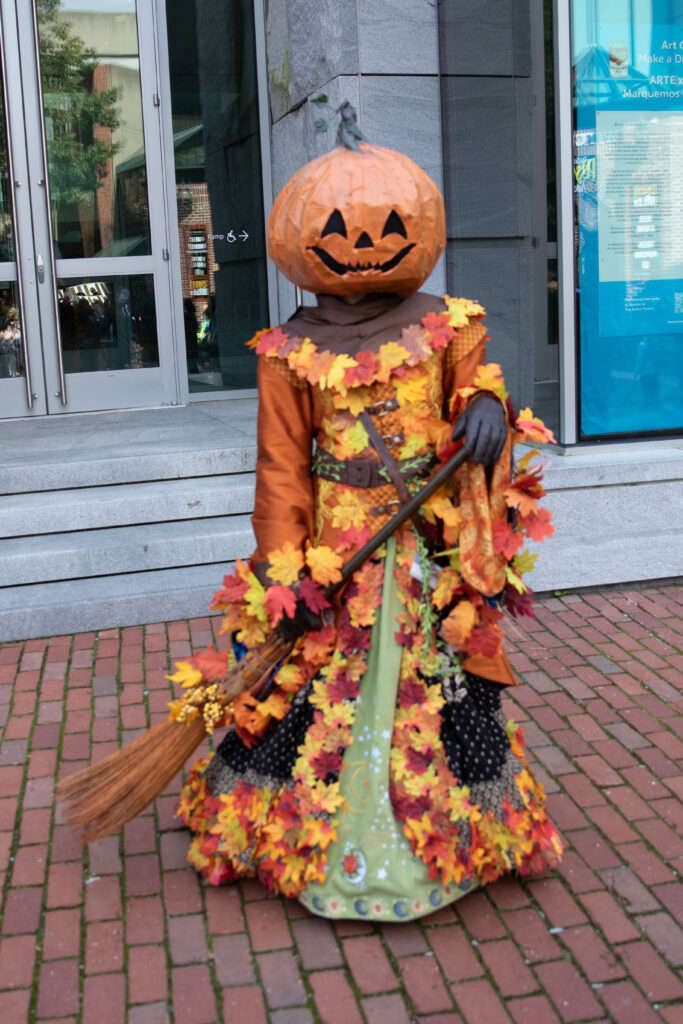
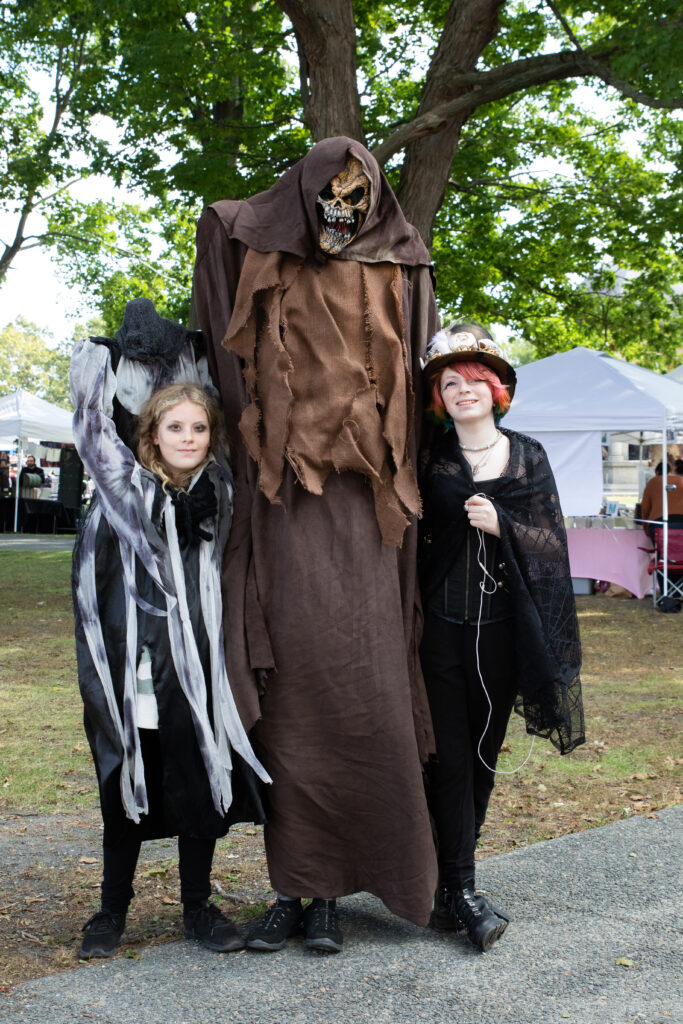
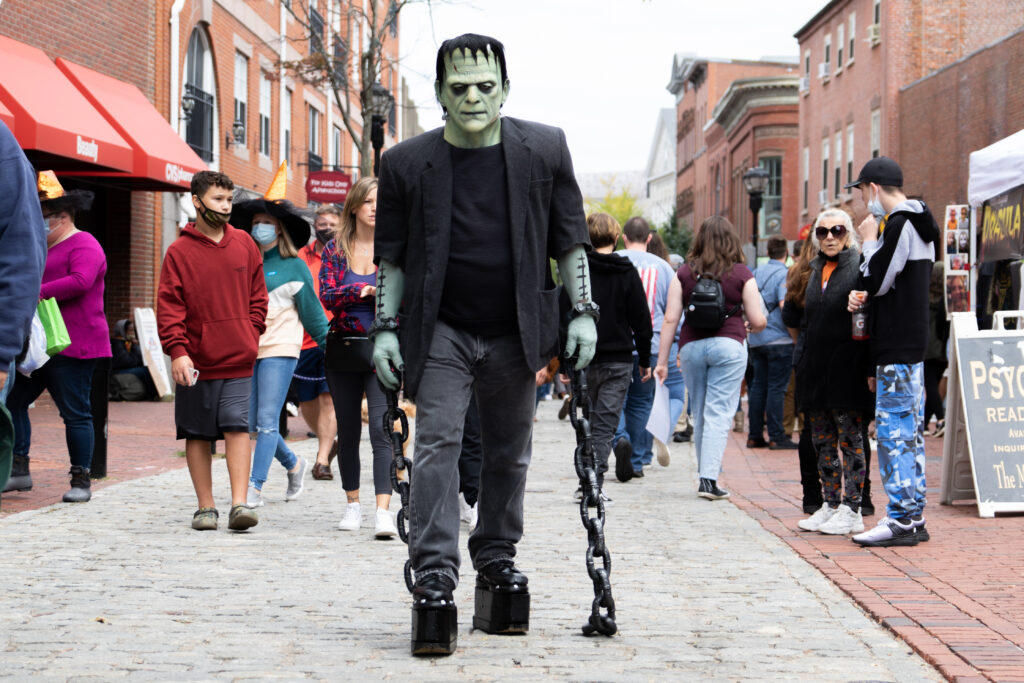

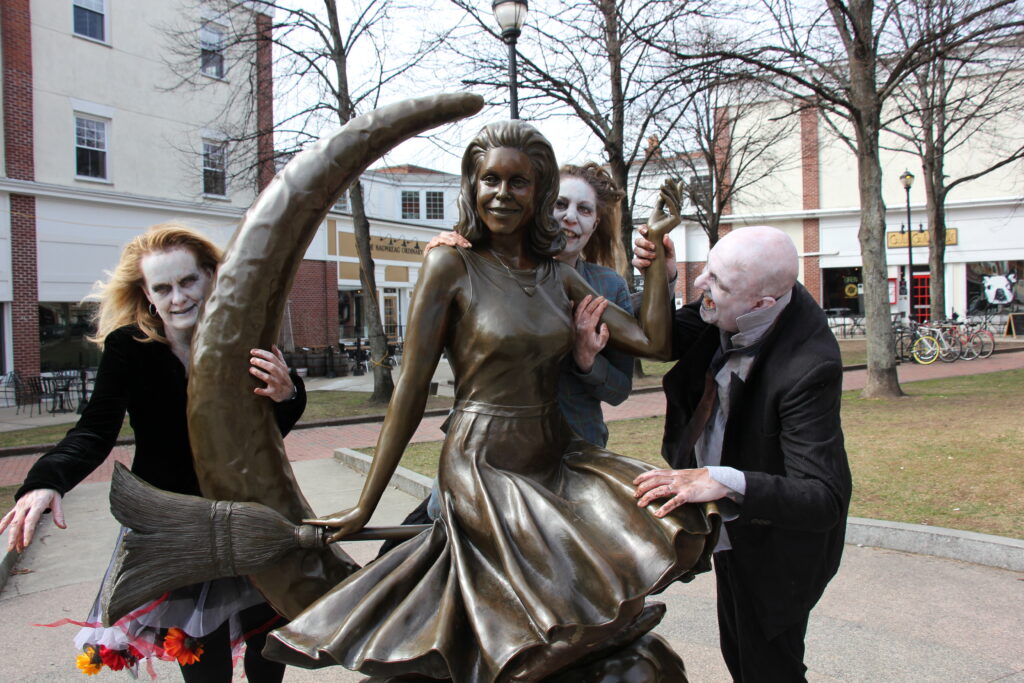
Today, Salem is an inclusive, LGBTQ+-friendly destination, boasting a perfect score in the Human Rights Campaign Equality Index. Accommodations range from cozy B&Bs to waterfront hotels like The Cove at Salem or the Hawthorne Hotel, offering unique experiences that complement Salem’s rich history. Explore Salem’s attractions, from maritime history to the infamous Witch Trials. Guided tours reveal local haunts, culinary delights, and art exhibitions at the TAG-approved Peabody Essex Museum.
Salem’s calendar of events includes the North Shore Pride Parade and Festival in June, but the pinnacle is October’s Salem Haunted Happenings, a month-long extravaganza in the Halloween capital of the world, where ghouls, witches, vampires, and zombies bring the city’s streets to life.
Halloween aside, there is plenty to see and do in Salem. We’ve picked five options that visitors can check out any time of the year to explore the city’s culture, history, and sorcery.
1. House of Seven Gables
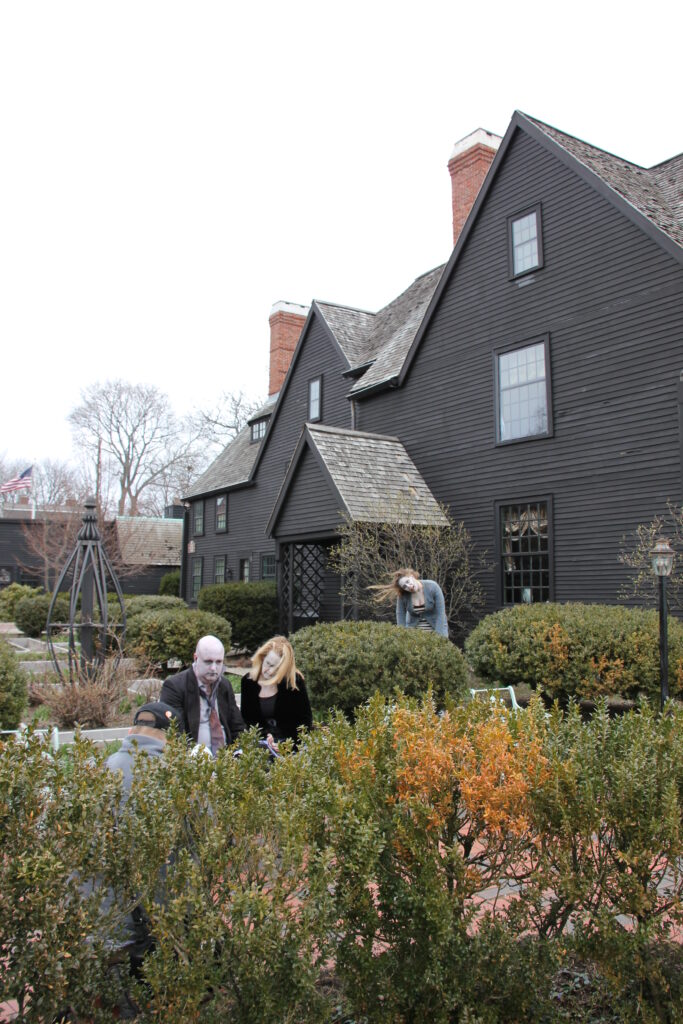
In 1668, John Turner I, a merchant and shipowner, and his wife Elizabeth Robinson Turner built a house on the picturesque shores of Salem Harbor. Their home, known as The House of the Seven Gables, later achieved National Historic Landmark District status in 2007. Today, it is celebrated for its role as the backdrop of Nathaniel Hawthorne’s iconic 1851 novel, offering a glimpse into four centuries of captivating history.
The House of the Seven Gables Museum Campus spans two scenic acres, featuring colonial revival gardens, historic structures, and an extensive collection of art and documents. While Hawthorne’s novel depicts the house as weathered and foreboding, a guided tour reveals its history. Hawthorne’s tale weaves together the house’s origins, involving a curse linked to the Salem witch trials. Colonel Pyncheon, the property’s eventual owner, is entangled in this dark history. While exploring The Gables, ponder the enigmatic spot where the fictional Colonel Pyncheon met his mysterious end.
2. Peabody Essex Museum
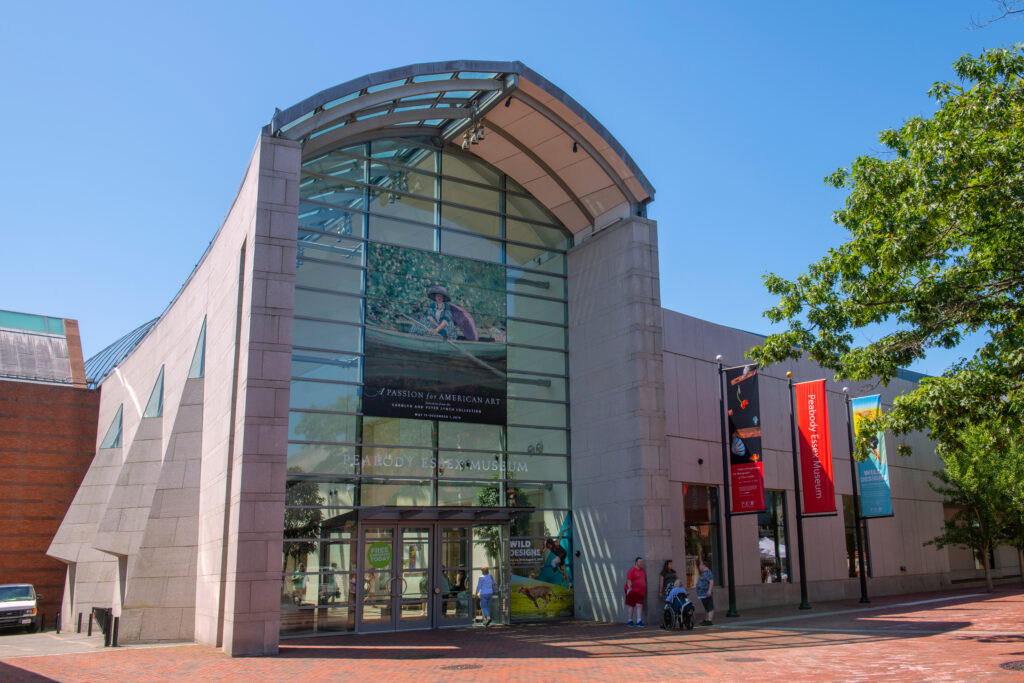
The Peabody Essex Museum (PEM) has a rich history that dates back to the founding of the East India Marine Society in 1799, initiated by Salem’s adventurous sea captains and supercargoes who explored the world beyond the Cape of Good Hope or Cape Horn. Their initial goal was to create a “cabinet of natural and artificial curiosities,” filled with diverse artifacts collected from distant lands. PEM has an interesting history, rising from the aspirations of Salem’s sea captains and enriched by the fusion of cultural and scientific exploration. The museum was recently renovated in 2019 and visitors can check out attractions like a 200-year-old Chinese Yin Yu house, learn about the history of Salem’s maritime trade, and take in more of the city’s art and architecture including works by Mary Cassatt and folk artist Grandma Moses. With a commitment to providing immersive experiences, PEM has expanded and transformed into a multifaceted institution with a rich tapestry of history, art, and culture. Today, it continues to honor its history and embraces innovative technologies and education, positioning itself as a global source of creativity and innovation.
3. The Salem Witch Museum
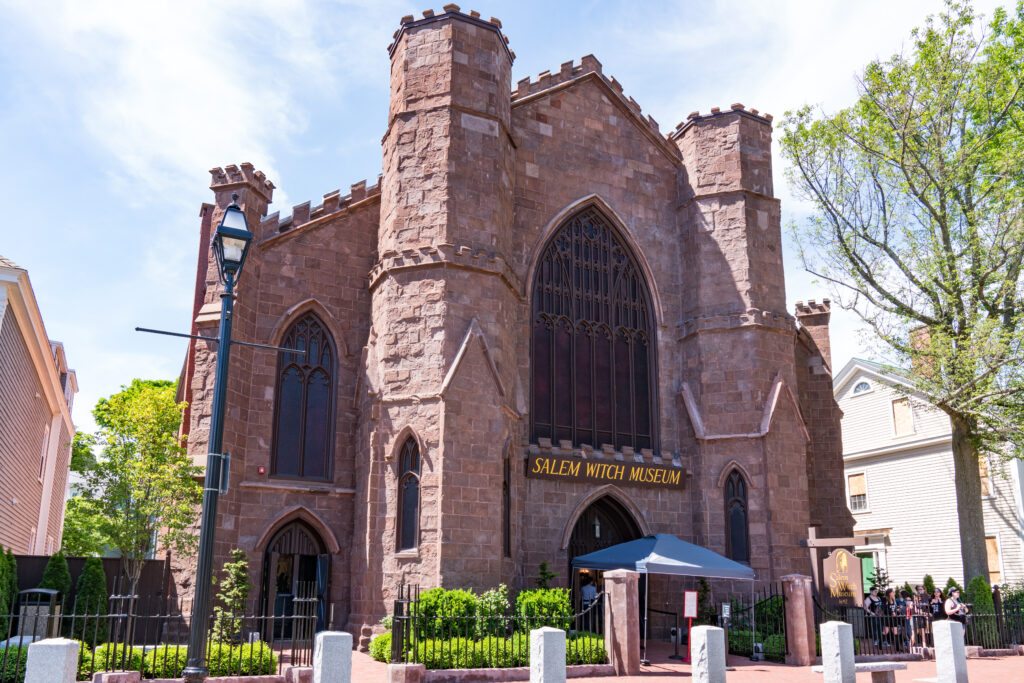
Looking to get witchy? The Salem Witch Museum delves into the captivating history of the Salem witch trials of 1692, one of America’s most evocative and tragic episodes. The museum offers two engaging presentations, beginning with an immersive journey through 13 life-size stage sets that transport visitors into the heart of the witch hunt, revealing the intricate web of deception and intrigue.
The second exhibit, “Witches: Evolving Perceptions,” explores the evolving concept of witchcraft and delves into the background leading to the Salem witch trials, along with the emergence of the stereotypical witch and the global phenomenon of witch-hunting. Open year-round with a brief closure for maintenance in January, the museum provides presentations offered in multiple languages upon request and a compelling exploration of a dark chapter in history that continues to resonate today. Be sure to stop into the Salem Witch Museum store to pick up a locally made souvenir, tarot cards, or something fun like a magical mini broom!
4. Salem Witch Trials Memorial
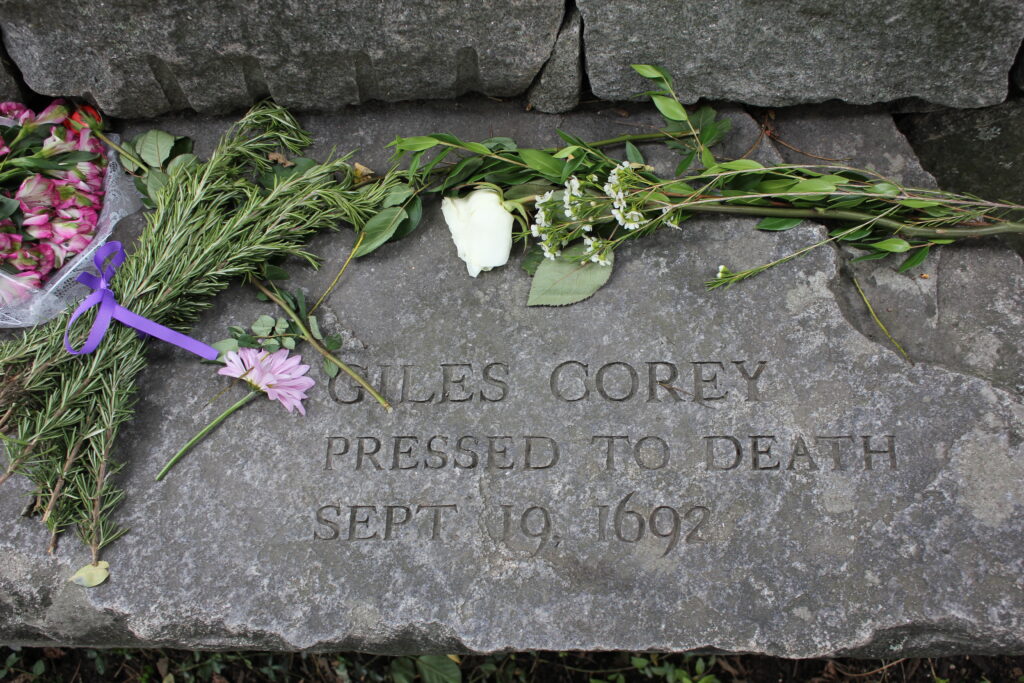
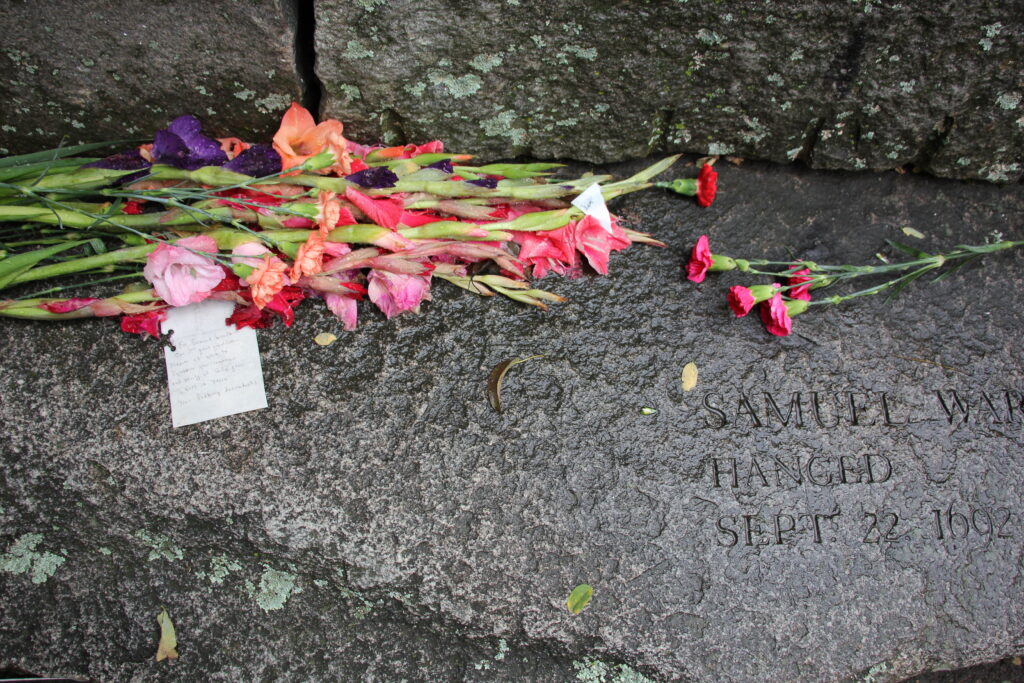
Nestled on Liberty Street, the Salem Witch Trials Memorial stands as a solemn tribute to the 20 victims of the 1692 witch trials. Encircled by four-foot-high granite walls, this understated yet poignant memorial features granite benches representing each victim, etched with their names, means of execution, and execution dates. The visitor’s path meanders beside these benches to reflect on the words from the accused – all shining light on the perils of the Witchcraft Hysteria of 1692.
At the heart of the memorial, a simple patch of grass and locust trees allude to the potential hangings, while the adjacent Old Burying Point Cemetery holds the resting place of witch trials magistrates, John Hathorne and Bartholomew Gedney. Nobel laureate Elie Wiesel dedicated this serene space in 1992 to commemorate the 300th anniversary of the witch trials. It not only encourages contemplation on tolerance and courage in the face of injustice, but it also reminds visitors of the enduring relevance of these events in the heart of Salem.
5. Witch House
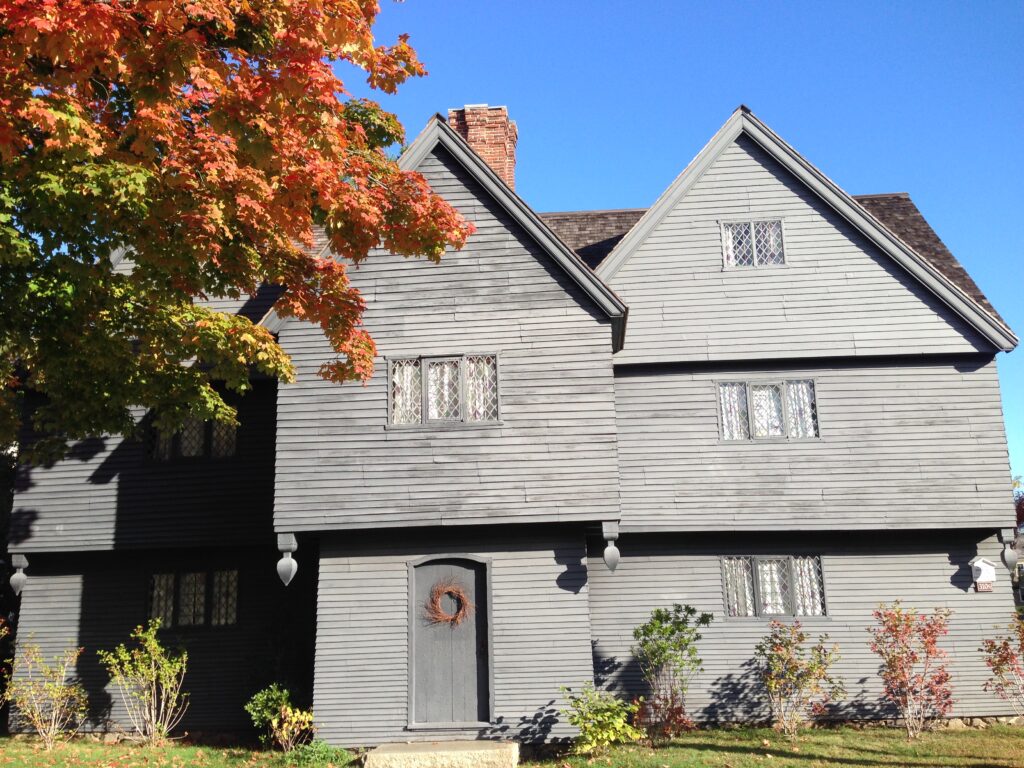
The Witch House, the former residence of Judge Jonathan Corwin (1640–1718), is a Salem landmark with direct ties to the infamous witch trials of 1692. The house stands as a testament to the era’s fears of witchcraft, sorcery, and the subsequent trials. Although the house was not the site of interrogations, Judge Corwin played a pivotal role in the trials as part of the Court of Oyer and Terminer, which led to 19 executions. Operated by the City of Salem, it is open seasonally, providing a captivating look into the life of an affluent 17th-century New Englander, although it never housed accused witches. Whether you opt for a guided or self-guided tour, the Witch House offers a fascinating look back in history.
In Salem, the past comes to life, and the present is imbued with magic. On your trip, build in time to wander and daydream, squint your eyes softly at dusk, and you never know who or what you might encounter.
On a recent visit to Salem, I decided to take a less crowded road and stumbled upon 14 Mall Street where there’s a sign that indicated where Nathaniel Hawthorne lived from 1847-1850, when he penned The Scarlett Letter. Plan your visit and be part of this bewitching story that continues to shape the history of a city like no other.
To make the most of your visit to Salem, be sure to plan ahead. Make reservations and purchase tickets where available. Salem Haunted Happenings’ complete schedule, including year-round offerings, can be found here. The Destination Salem app is your essential guide for notifications and navigation.

